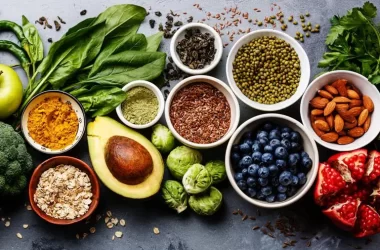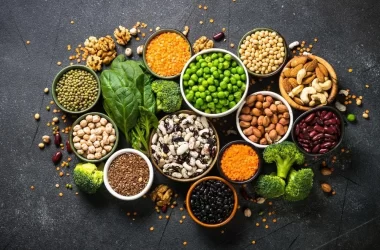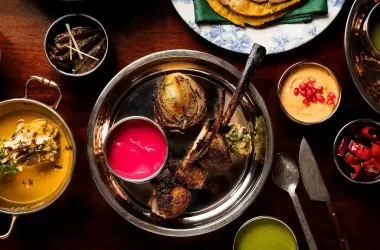Chinese cuisine relies on fresh ingredients that have been carefully chosen to achieve optimal flavor. When selecting ingredients for Chinese cooking, look for vegetables with crisp edges and bright hues; firm and aromatic meat cuts; and seafood that displays strong antioxidant qualities.
Steaming (Zheng) is an effective cooking technique used to soften dried ingredients while maintaining their original flavor. Other techniques used for this purpose are boiling and stewing.
Chinese cuisine is characterized by its emphasis on freshness and flavor.
Chinese dishes are traditionally prepared using methods designed to preserve and highlight their natural flavor and aroma, with many including herbs, spices and sauces to add bold, complex flavors that go beyond sweet, salty, sour and spicy tastes. Real Chinese cuisine also often incorporates notes of bitterness or astringency that add extra complexity.
Food plays an integral part in Chinese society and culture; from offering meals to their ancestors at memorial services to using it to mark special events, its presence can be felt everywhere from funerals to celebrations of special anniversaries.
Chinese people are particularly particular when it comes to food quality. Everyday they shop for fresh seafood, meats and produce. At home they prefer dishes prepared using steaming or stir frying in order to preserve natural flavors while maintaining health benefits. They avoid fatty foods in favor of lean cuts of meat as well as being fans of steamed vegetables, pickled radishes and mustard greens as well as preserve eggs known as thousand year old eggs.
Chinese people are not as concerned about nutrition as Western culture.
Chinese culture differs significantly from Western in that Chinese people place less importance on the aesthetics and flavor of their food, placing greater faith in traditional beliefs that certain foods contain special medicinal properties to promote health – for instance shark fin soup helps strengthen lung tissue while dehydrated tiger testicles increase stamina while monkey brains provide wisdom. Chinese chefs have found creative ways to utilize every part of an animal including bones and stomach contents without wastefulness or waste being produced as waste by their cooks.
Chinese culture emphasizes using chopsticks, which requires great skill. Eating together with family and elders is also considered part of their tradition.
Overall, the findings from the study demonstrate that Chinese Australian and mainland Chinese participants’ food choice determinants are determined by a mix of traditional Chinese nutrition philosophy, Western nutrition concepts, and their contemporary food environment. It is thus critical that dietitians, nutrition professionals, and food companies understand these nuances when serving Chinese consumers’ food selection and preparation habits.
Chinese people are almost completely dairy-free.
Chinese diets traditionally consist of vegetables, grains and meats with little dairy consumed; however as China modernises and urbanizes more rapidly the consumption of dairy products has grown substantially.
Milk is an excellent source of protein, fat, vitamins and minerals and recommended by many national dietary guidelines.
Rice is the cornerstone of Chinese diet, eaten in various forms such as congee (rice porridge) and steamed wheat-, millet- or corn flour-based breads known as Ping. There are also sweet snacks made from dough filled with red bean paste or jujube that can be enjoyed.
Chinese culture emphasizes soups of different varieties, from herbal chicken and hot-and-sour varieties to winter melon soup. Soup is typically served before main courses are eaten, then desserts or fruit salads follow for desserts or fruit salads. Different families follow different traditions when it comes to dining together: elder members can sit separately from adults; smaller portions should be consumed and stopped eating when you feel satisfied.
Chinese people have a wide variety of dishes.
Chinese people are well known to consuming an assortment of cuisine, and a typical meal will typically feature multiple courses. Their diet also typically features seafood, vegetables and fruit along with longjing and pu-erh tea as popular beverage choices.
Chinese cuisine has grown over centuries into an extraordinary cultural asset of China’s worldwide fame. Characterized by carefully selecting ingredients, precise processing, and careful consideration for how much fire to use to prepare them, its roots lie in various regions, climate zones, historical events and eating habits across China.
Each region in China boasts its own signature style of cooking. Some examples are Shandong cuisine (home of Tsingtao beer and Confucius) which features an abundance of seafood dishes; Sichuan cooking (famous for its liberal use of hot chili peppers); Cantonese cuisine (the closest American Chinese takeout flavor); Hunan, Xi’an, Shanghai Fujian Anhui Jiangsu Zhejiang cuisines are among eight others found throughout China.








